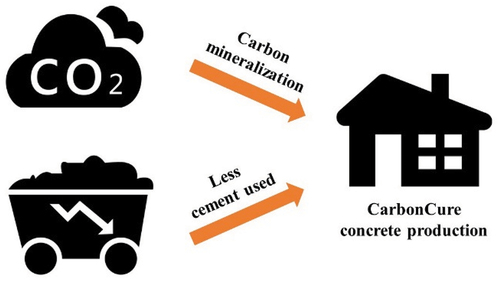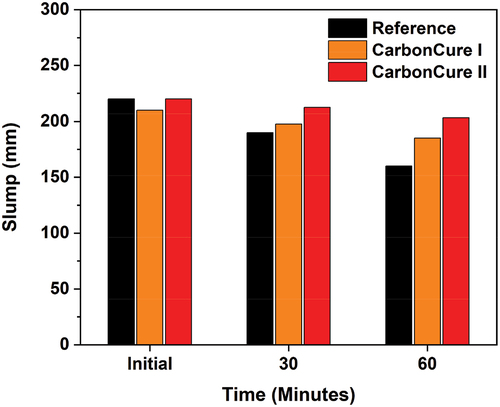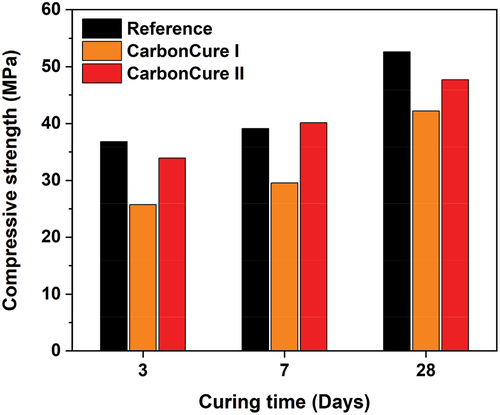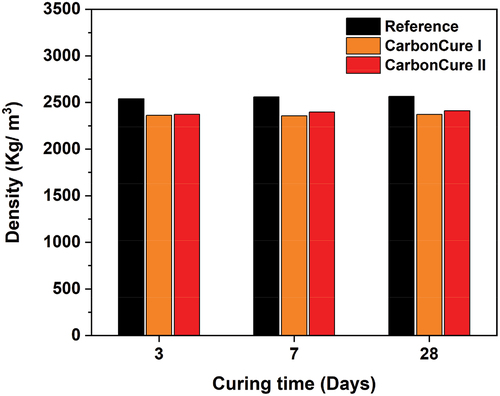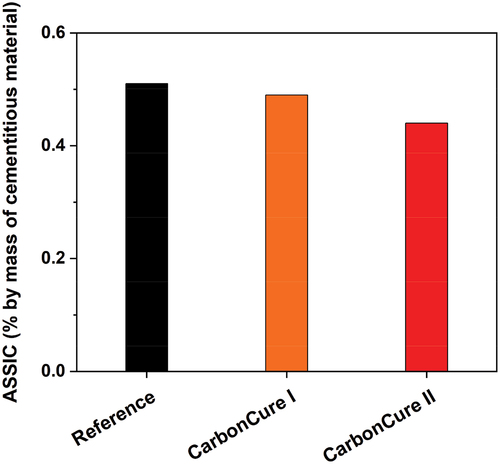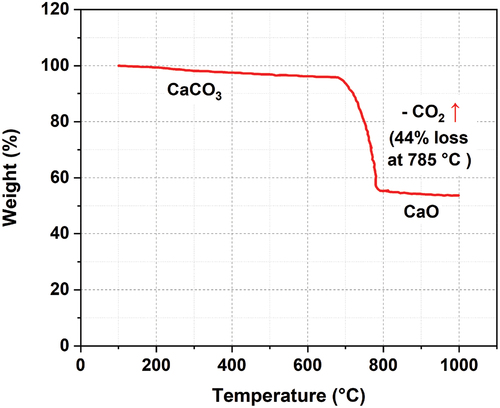Figures & data
Figure 1. SEM image shows the formation of nano carbonates (CaCO3) as a result of the addition of CO2 to the concrete material (photo by CarbonCure technologies).
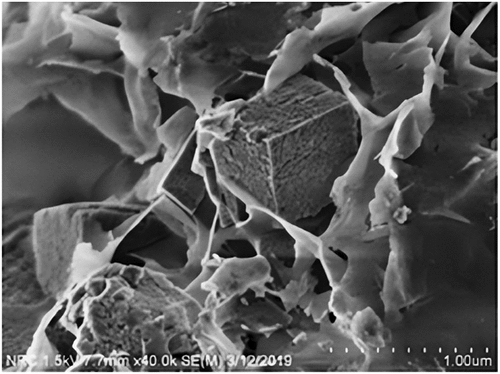
Figure 2. Pressurized CO2 gas in a storage tank at the mixing site of qanbar ready mix concrete, Saudi Arabia (photo by author).
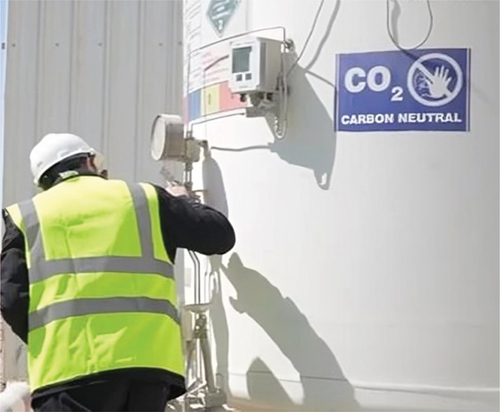
Table 1. Mix design proportions for the reference and CarbonCure mixes (kg/m3.).
Figure 3. The CO2-concrete product is being cast in 6 x 12-inch cylinders at qanbar ready mix concrete, Saudi Arabia (photo by gulf construction).
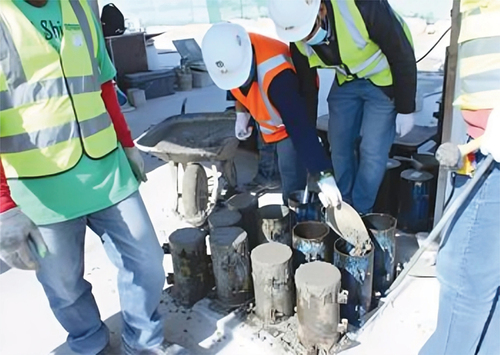
Table 2. The chemical analysis of water in the Arabian gulf compared to drinkable water.
Table 3. Efficiency of cement and cementitious materials in reference and CarbonCure mixes (MPa∙kg−1∙m3).
Data availability statement
Data will be made available upon request.

